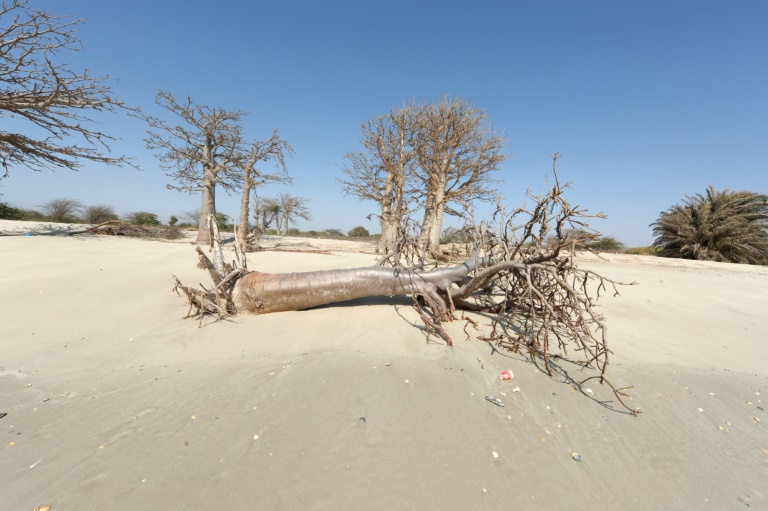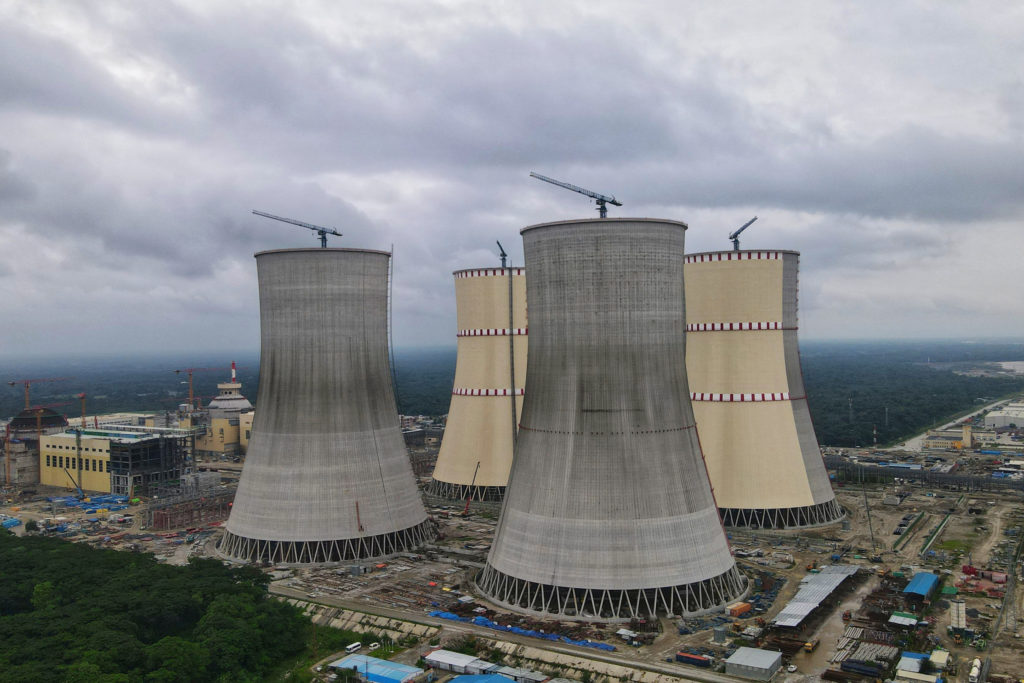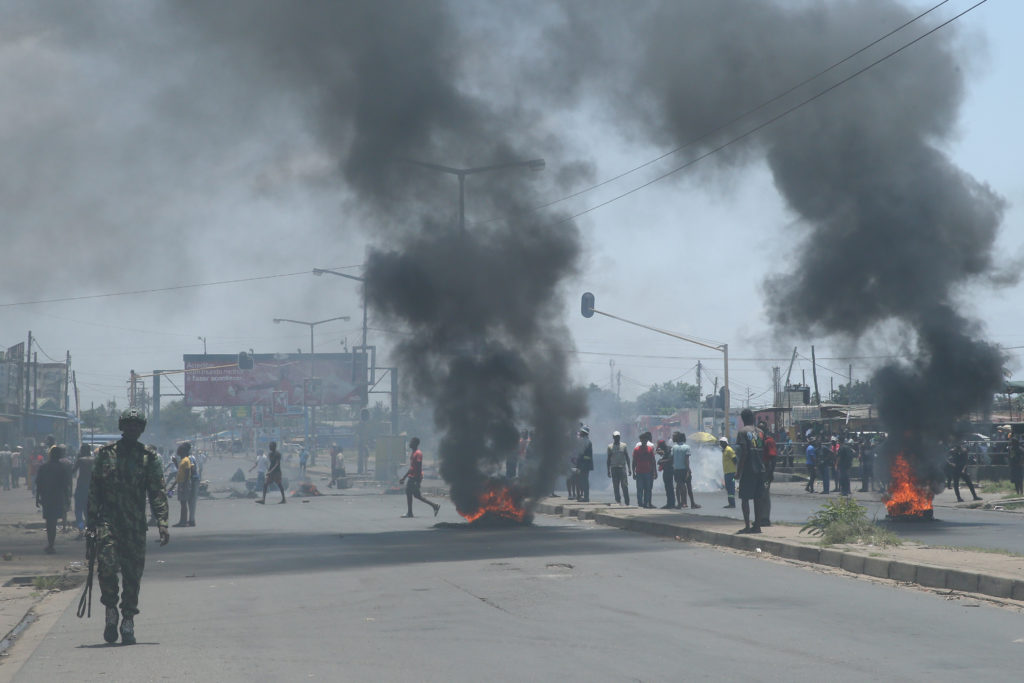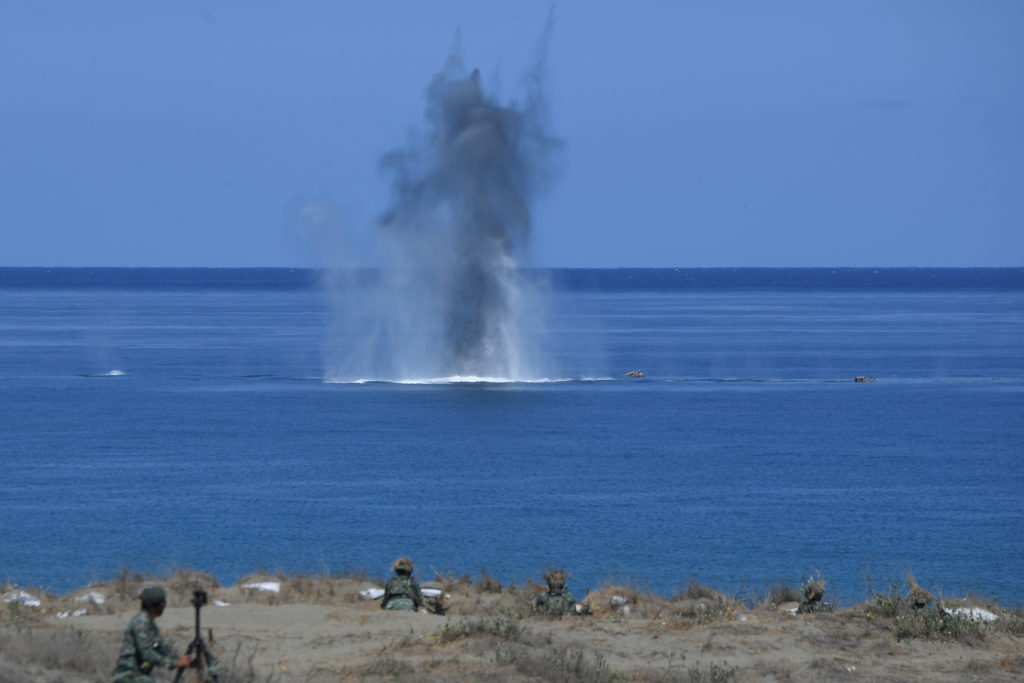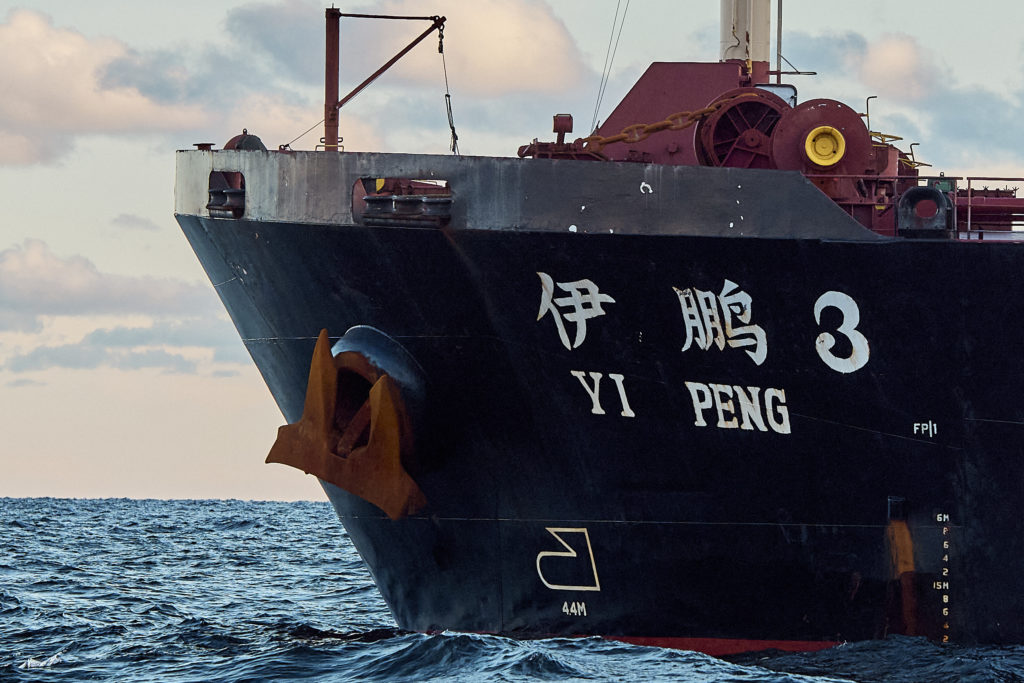More than 100 million extremely poor people in Africa are threatened by accelerating climate change that could also melt away the continent’s few glaciers within two decades, a UN report warned on Tuesday.
In a report ahead of the COP26 climate summit in Glasgow, the UN highlighted Africa’s “disproportionate vulnerability” last year from food insecurity, poverty and population displacement.
“By 2030, it is estimated that up to 118 million extremely poor people will be exposed to drought, floods and extreme heat in Africa, if adequate response measures are not put in place,” said Josefa Leonel Correia Sacko, commissioner for rural economy and agriculture at the African Union Commission.
The extremely poor are those who live on less than $1.90 per day, according to the report coordinated by the World Meteorological Organization (WMO).
“In sub-Saharan Africa, climate change could further lower gross domestic product by up to three percent by 2050,” Sacko said in the foreword to the report.
“Not only are physical conditions getting worse, but also the number of people being affected is increasing,” she said.
WMO Secretary-General Petteri Taalas said that last year Africa saw temperatures continue to increase, “accelerating sea-level rise”, as well as extreme weather events like floods, landslides and droughts, all indicators of climate change.
– Disappearing glaciers –
“The rapid shrinking of the last remaining glaciers in eastern Africa, which are expected to melt entirely in the near future, signals the threat of imminent and irreversible change to the Earth system,” Taalas said.
Last year, Africa’s land mass and waters warmed more rapidly than the world average, the report said.
The 30-year warming trend from 1991-2020 was above that of the 1961-1990 period in all of Africa’s regions and “significantly higher” than for the trend for 1931-1960.
The rate in sea level rise along the tropical coasts and the south Atlantic, as well as along the Indian Ocean, was higher than the world average.
Though too small to serve as significant water reserves, Africa’s glaciers have high tourism and scientific value and yet are retreating at a rate higher than the global average.
“If this continues, it will lead to total deglaciation by the 2040s,” the report said.
“Mount Kenya is expected to be deglaciated a decade sooner, which will make it one of the first entire mountain ranges to lose glaciers due to human-induced climate change.”
The other glaciers in Africa are on the Rwenzori Mountains in Uganda and Mount Kilimanjaro in Tanzania.
To avoid even higher costs of disaster relief, the WMO urged African countries to invest in “hydrometeorological infrastructure and early warning systems to prepare for escalating high-impact hazardous events.”
It backed broadening access to early warning systems and to information on food prices and weather, including with simple text or voice messages informing farmers when to plant, irrigate or fertilise.
“Rapid implementation of African adaptation strategies will spur economic development and generate more jobs in support of economic recovery from the Covid-19 pandemic,” the report said.
The report involved the WMO, the African Union Commission, the Economic Commission for Africa (ECA) through the Africa Climate Policy Centre (ACPC), international and regional scientific organisations and United Nations agencies.

